

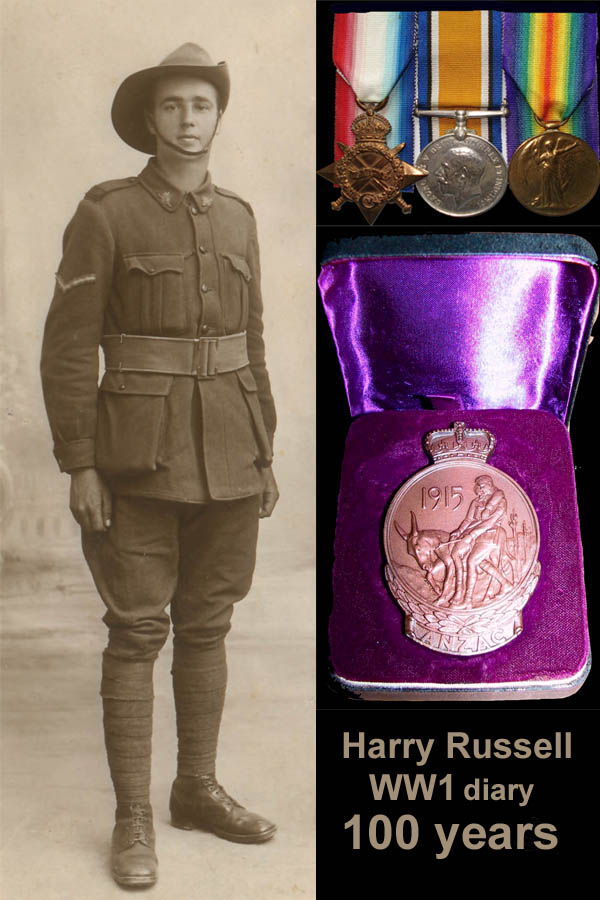
GUESTBOOK
View this page at 1024x768
This page last updated Feb 2011.
The inspiration for this website came from a booklet 'Sail & Steam' by Ron Stewart. Much information was then followed up from the excellent online LIBINDX search engine at the Moray District Library website. I believe many volunteers, mostly involved with the Buckie Heritage Centre, searched old local newspapers to make this resource so excellent. Please contact me for comment or if you can help with extra information.
THIS BOOK 'SAIL & STEAM REVISITED' HAS MUCH OF THE INFORMATION AND PHOTOS ON THIS WEBSITE - PLUS MUCH MUCH MORE.
Homeward Bound
What equipment - tools did a boatyard have in 1900?
From an interview with Mr. James Mair, fisherman, b1895 Portknockie
New September 2007
Find out more about
And also the Mesothelioma Fund
|
This McIntosh family boatbuilding business played a significant role in providing quality timber fishing boats for the 19th and early 20th century Scottish fishing industry. Although mainly building herring drifters, other fisheries were also supplied. Most herring drifters were also used at certain times of the year in line fishing. Spanning the era of the Scaffie, Zulu and the Steam Drifter, they not only supplied fishermen along the Moray Firth, but as far away as Stornoway and Eyemouth. Commencing in Portessie in the late 1820's they had become notable builders of Scaffies by 1849 when the Washington Report (following the 1848 disastrous loss of fishermen during a storm) used a line drawing of their Moray Firth or Buckie Herring Boat as representative of fishing boats in the area.
NEW - May 2007 - Old Buckie Scaffie Photo
|

For more images of Ianstown and Portessie Click here |
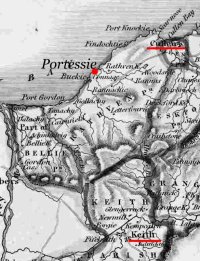
|
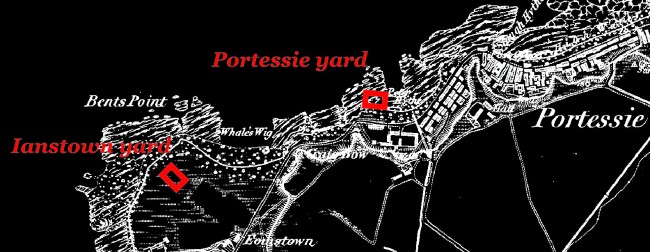
After Williams death in 1893, the younger son William R. opened his own yard in adjacent Ianstown which was likely more suited to the launching of larger boats. John b1845 although a competent boatbuilder in the family tradition, carried on the Portessie yard, but was apparently not as competent a businessman as his brother, and after meeting financial difficulties (possibly due to increasing commitments as a Methodist lay preacher or the much greater investment involved in the building of the A 149 WHITE ROSE) was forced to auction in 1900. The Portessie yard then was acquired by William R. who kept John as an employee until his death in 1912. 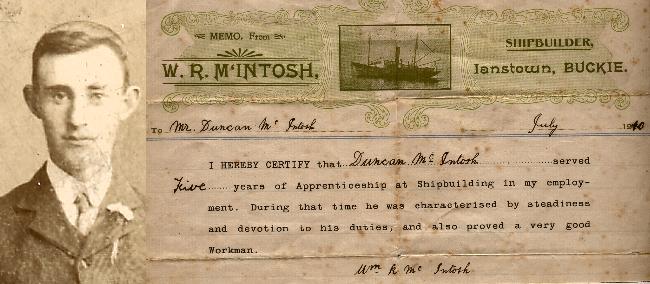
For more information on Duncan Click here During this period some boats were still credited to J & W McIntosh even though the official builder would have been W.R. McIntosh. The Portessie yard was closed after John's death, all ongoing work being transferred to the Ianstown yard, which continued in business until being acquired by Jones Buckie Slip & Shipyard in 1918. William R.'s son William, became foreman shipwright at the Jones yard, a position he held until his retirement during WW2. (See obituary notice opposite) William R. continued boat maintenance and/or building work on adjacent land next to Whale Bay - (The Roarins?). The last Steam Drifter built by the McIntosh's was the BCK 209 Jeannie McIntosh launched in February 1915. She survived service with the Admiralty in WW1 & was one of the 'little ships' involved in the evacuation of the remnants of the British Expeditionary Force from Dunkirk in 1940, when France fell to the Germans. She apparently suffered structural damage at Dunkirk, but was repaired & assigned to a patrol escort group based at Ipswich (HMS Bunting). Armed with machine guns she was probably engaged in escorting small ship convoys, to and from Ipswich and Harwich, to join the main East Coast convoy route about 11 miles off Harwich. When the Rough Fort was placed in position in February 1942 she was then allocated as a tender and subsequently the Sunk Head Fort - finally being scrapped in 1947. Her remains can still be seen (2005) at low tide at Harwich. |

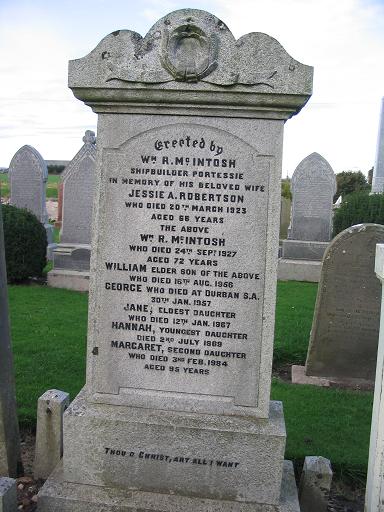
|
|
Mr. Ron Stewart "Sail & Steam" Moray District Library Buckie District Fishing Heritage Museum Banffshire Advertiser Edgar March "Sailing Drifters" Mr. Andy Adams, Harwich Mr.Charles Flett McIntosh family history sources Ian McIntosh - Great grandson of W.R. McIntosh Mike & Eileen McKeag The Leopard Magazine |